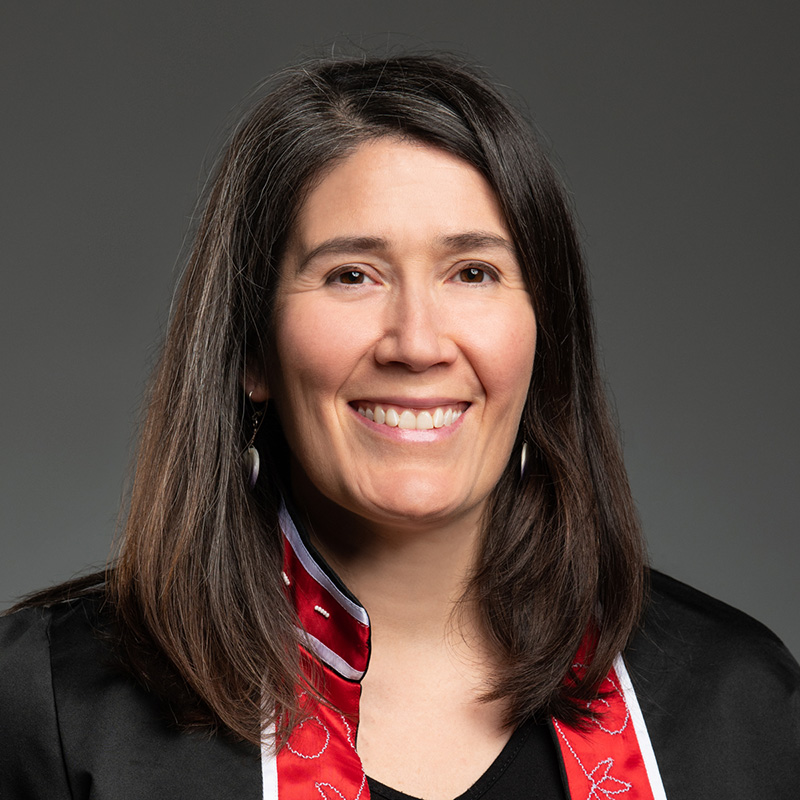The IHC Board of Directors represents a wide range of Indigenous heritage practitioners with various specialties and backgrounds – archaeologists, Elders, museum curators, land-based specialists, language specialists, and others. If you are interested in joining the IHC Board or filling a volunteer position on a committee, please let us know through the contact form. We want to hear from you.
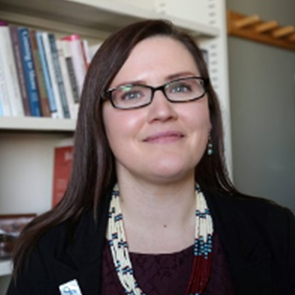
Kisha Supernant
President

Dr. Kisha Supernant is Métis and a Professor of Anthropology at the University of Alberta. She is the Director of the Institute of Prairie and Indigenous Archaeology and a leading expert on Indigenous archaeology, Indigenous cultural heritage, and geospatial analysis. An award-winning teacher, researcher, and writer, her research explores Indigenous histories, cultural identities, landscapes, remote sensing, spatial analysis, Métis archaeology, and heart-centered archaeological practice. Her research with Indigenous communities in western Canada explores how archaeologists and communities can build collaborative research relationships and work together to support Indigenous cultural heritage values. Recently, she has been engaged in using remote sensing technologies to locate and protect unmarked burials at the request of First Nations communities in Alberta and Saskatchewan. She has published in local and international journals on GIS in archaeology, collaborative archaeological practice, Métis archaeology, and indigenous archaeology in the post-TRC era.

Amber Paquette
Vice-President

Amber Paquette is a Nehiyaw and Métis multi-disciplinary artist, poet, and filmmaker who served as the 6th Historian Laureate for the City of Edmonton before joining the EHC staff team. She was born and raised in amiskwaciwâskahikan. Amber has worked as researcher, storyteller, and Indigenous People’s Interpreter for several years. Her work with the public has centered on the historic representation of First Nations, Métis, and Inuit communities who have lived on Treaty 6 Territory since time immemorial.
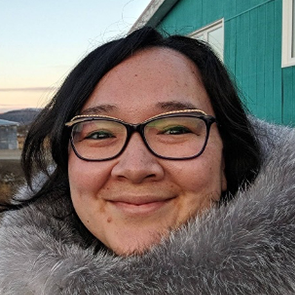
Jessica Kotierk
Treasurer/Secretary

Jessica Kotierk, Inuk, has been Manager/Curator of the Nunatta Sunakkutaangit Museum in Iqaluit, Canada since 2018. She is focused on the care of Inuit artifacts in museum collections. Jessica supports the promotion and preservation of Inuit art, and archives with past positions at the Canadian Conservation Institute, Avataq Cultural Institute, and Inuit Art Foundation before returning to Nunavut and working at the Nunavut Film Development Corporation. Her education includes a Film Studies degree and a diploma in Collection Conservation and Management. Started out being interested in the heritage professions through programs with the Inuit Heritage Trust: Archaeological Field School in Naujaat, Nunavut Heritage Training Institutes, Nunavut Heritage Leadership Program and received the Alain Maktar Heritage Scholarship. She is on the Board of the Archives Council of Nunavut, Alianait Arts Festival, Travel Nunavut and Nunavut Film Development Corporation. She also participates in the Leadership Group of the Inuit Futures in Arts Leadership: Pilimmaksarniq/Pijariuqsarniq SSHRC Partnership Grant, which is working to foster more Inuit within the arts and culture roles.
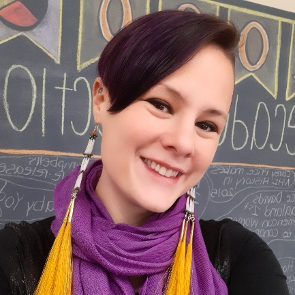
Heather George
Board Member

Heather is a mother, gardener, beader, curator and PhD Candidate of Euro-Canadian and Kanien’kehá:ka descent. Heather’s home community is Akwesasne, most of her professional career has been spent working in Six Nations of the Grand River. Much of Heather’s personal and professional work has been directed at gaining a better understanding of the culture and history of her nation. Her thesis work examines the historical and philosophical underpinnings of contemporary museum practices across Haudenosaunee communities. Heather’s curatorial practice combines historical documents, storytelling, material culture and contemporary art with the understanding that there is no one way to tell a story, she seeks to connect with audiences through a wide variety of engaging, immersive and gently disruptive approaches. Heather is currently working as a Guest Curator at Woodland Cultural Centre and is a board member of the Canadian Museums Association.
I am row 1
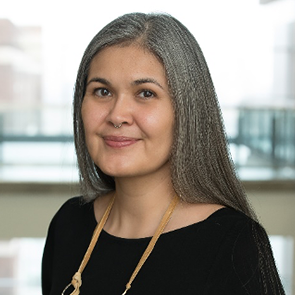
Elaine Alexie
Board Member

Elaine D. Alexie is a member of Teetł’it Gwich’in First Nation from Fort McPherson, NWT. She currently lives in Amiskwacîwâskahikan in Treaty 6 and Métis homelands. Elaine is an independent curator, educator, beadwork and sewing artist, and is completing a PhD on Dene material culture in the Faculty of Native Studies at the University of Alberta. Her research examines the importance of Gwich’in material culture for identity and cultural continuity, and focuses on knowledge preservation with storied and creative practice through an analysis of Gwich’in beadwork traditions in museums. She also holds a BA and MA in Political Science from the University of Victoria. Although she has been a maker most of her life, she began her research journey visiting museum collections in 2012, a method which continuously informs her creative practice. She has visited dozens of museum collections in Canada, the United States and England. Through her PhD research and creative practice, she focuses on the revival of Gwich’in material culture and works closely with her mother, Dorothy, and other knowledge holders from her community continuing Gwich’in hide tanning and sewing traditions. In 2021, she was the lead curator of Breathe: a celebration of traditions of handmade masks at the Royal Alberta Museum. Following the exhibit, she participated as a beadwork artist in the Alberta Foundation for the Arts Travelling Exhibition, ᐊᐧᐃᐧᓯᐦᒋᑲᐣ Wawisihcikan – adornment; and DIRE Confluence Exhibition-A Reflection on Yukon River Salmon at the School of Visual Arts Yukon in Dawson City, Yukon in 2022.
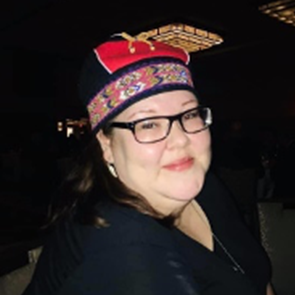
Jodie Ashini
Board Member

Jodie Ashini is a member of the Innu Nation, and was born and raised in the Innu homeland of Nitassinan, within the community of Sheshatshiu. Raised by an active leader and political figure, her life has always been intertwined with strong Innu beliefs and a knowledge of her culture. Staying in nutshimit (out on the land) every year from early April to the end of June she grew up knowing her ancestors; and by the age of 7 she knew she would pursue a career focused on the long-term history of the Innu. In pursuit of this passion she worked as an archaeological field technician in high school, studied archaeology at Memorial University, undertook community-based learning related to Innu history and culture, and worked in a variety of support roles for the Sheshatshiu Innu First Nation. With her knowledge of Innu history and culture she now works as the Cultural Guardian for the Innu Nation. In this position she has many responsibilities, including development of the framework to establish cultural centers in the communities of Sheshatshiu and Natuashish, consulting with researchers and organizations on Innu research policy and intellectual property rights, as well as lending a voice where needed to advocate for the importance of the culture and rights of Innu, and all Indigenous peoples.
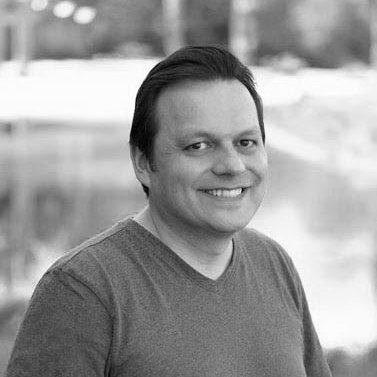
Gerry Lawson
Board Member

Ma̓la̓gius (Gerry Lawson) is from the Heiltsuk Nation and currently manages the Oral History and Language Lab at the UBC Museum of Anthropology. With over 15 years in the field of Information Management and Heritage Digitization, he works to develop practical, scalable resources for Indigenous cultural heritage preservation, and to decolonize information practices. Gerry also acts as the Technology Lead for the UBC Indigitization Program and sits on the Board of Directors for the First Peoples’ Cultural Council and the Indigenous Heritage Circle.
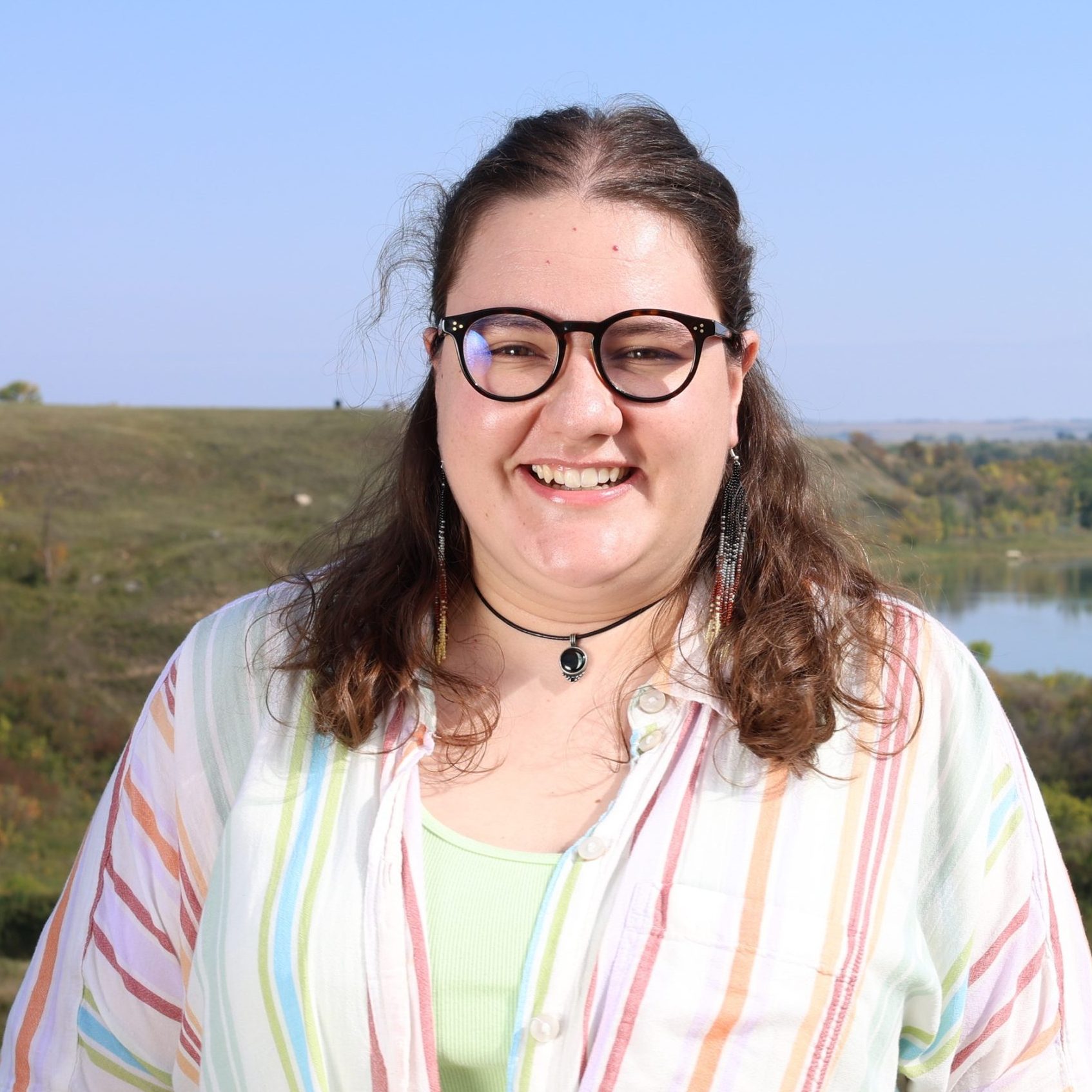
Breanna Tait
Board Member

Breanna Tait is a queer Métis and Swampy Cree two-spirit person who was born in Manitoba, grew up in central Alberta with her mom and sister, and now lives in Saskatoon, Saskatchewan. She has a Bachelor of Arts with Distinction in Anthropology from MacEwan University and presented at two conferences during her undergraduate. Currently, she is the Coordinator of Visitor Services at Wanuskewin Heritage Park and has worked there in the Visitor Services department as an interpretive guide and program developer since 2019. In 2023, along with five other Indigenous leaders from across Canada, Breanna was nominated and selected by the U.S. Embassy to participate in an International Visitor Leadership Program (IVLP), which is a short term exchange program run through the U.S. Department of State. This three-week IVLP, titled “Closing the Skills Gap: Indigenous Education and Skills-Training,” focused on the cultural and educational obstacles that Indigenous people face in higher education, and how Indigenous leaders and community members work to bring a “culture-first” approach to Western educational institutions. She was also a mentor for the 2024 Girls in STEAM virtual conference for youth across Saskatchewan in grades 6-9. Breanna’s passion lies in sharing Indigenous heritage in a way that is accessible to both Indigenous and non-Indigenous youth.
I am row 2
I am row 3
Dr. Kisha Supernant is Métis and a Professor of Anthropology at the University of Alberta. She is the Director of the Institute of Prairie and Indigenous Archaeology and a leading expert on Indigenous archaeology, Indigenous cultural heritage, and geospatial analysis. An award-winning teacher, researcher, and writer, her research explores Indigenous histories, cultural identities, landscapes, remote sensing, spatial analysis, Métis archaeology, and heart-centered archaeological practice. Her research with Indigenous communities in western Canada explores how archaeologists and communities can build collaborative research relationships and work together to support Indigenous cultural heritage values. Recently, she has been engaged in using remote sensing technologies to locate and protect unmarked burials at the request of First Nations communities in Alberta and Saskatchewan. She has published in local and international journals on GIS in archaeology, collaborative archaeological practice, Métis archaeology, and indigenous archaeology in the post-TRC era.
Amber Paquette is a Nehiyaw and Métis multi-disciplinary artist, poet, and filmmaker who served as the 6th Historian Laureate for the City of Edmonton before joining the EHC staff team. She was born and raised in amiskwaciwâskahikan. Amber has worked as researcher, storyteller, and Indigenous People’s Interpreter for several years. Her work with the public has centered on the historic representation of First Nations, Métis, and Inuit communities who have lived on Treaty 6 Territory since time immemorial.
Jessica Kotierk, Inuk, has been Manager/Curator of the Nunatta Sunakkutaangit Museum in Iqaluit, Canada since 2018. She is focused on the care of Inuit artifacts in museum collections. Jessica supports the promotion and preservation of Inuit art, and archives with past positions at the Canadian Conservation Institute, Avataq Cultural Institute, and Inuit Art Foundation before returning to Nunavut and working at the Nunavut Film Development Corporation. Her education includes a Film Studies degree and a diploma in Collection Conservation and Management. Started out being interested in the heritage professions through programs with the Inuit Heritage Trust: Archaeological Field School in Naujaat, Nunavut Heritage Training Institutes, Nunavut Heritage Leadership Program and received the Alain Maktar Heritage Scholarship. She is on the Board of the Archives Council of Nunavut, Alianait Arts Festival, Travel Nunavut and Nunavut Film Development Corporation. She also participates in the Leadership Group of the Inuit Futures in Arts Leadership: Pilimmaksarniq/Pijariuqsarniq SSHRC Partnership Grant, which is working to foster more Inuit within the arts and culture roles.
Heather is a mother, gardener, beader, curator and PhD Candidate of Euro-Canadian and Kanien’kehá:ka descent. Heather’s home community is Akwesasne, most of her professional career has been spent working in Six Nations of the Grand River. Much of Heather’s personal and professional work has been directed at gaining a better understanding of the culture and history of her nation. Her thesis work examines the historical and philosophical underpinnings of contemporary museum practices across Haudenosaunee communities. Heather’s curatorial practice combines historical documents, storytelling, material culture and contemporary art with the understanding that there is no one way to tell a story, she seeks to connect with audiences through a wide variety of engaging, immersive and gently disruptive approaches. Heather is currently working as a Guest Curator at Woodland Cultural Centre and is a board member of the Canadian Museums Association.
Elaine D. Alexie is a member of Teetł’it Gwich’in First Nation from Fort McPherson, NWT. She currently lives in Amiskwacîwâskahikan in Treaty 6 and Métis homelands. Elaine is an independent curator, educator, beadwork and sewing artist, and is completing a PhD on Dene material culture in the Faculty of Native Studies at the University of Alberta. Her research examines the importance of Gwich’in material culture for identity and cultural continuity, and focuses on knowledge preservation with storied and creative practice through an analysis of Gwich’in beadwork traditions in museums. She also holds a BA and MA in Political Science from the University of Victoria. Although she has been a maker most of her life, she began her research journey visiting museum collections in 2012, a method which continuously informs her creative practice. She has visited dozens of museum collections in Canada, the United States and England. Through her PhD research and creative practice, she focuses on the revival of Gwich’in material culture and works closely with her mother, Dorothy, and other knowledge holders from her community continuing Gwich’in hide tanning and sewing traditions. In 2021, she was the lead curator of Breathe: a celebration of traditions of handmade masks at the Royal Alberta Museum. Following the exhibit, she participated as a beadwork artist in the Alberta Foundation for the Arts Travelling Exhibition, ᐊᐧᐃᐧᓯᐦᒋᑲᐣ Wawisihcikan – adornment; and DIRE Confluence Exhibition-A Reflection on Yukon River Salmon at the School of Visual Arts Yukon in Dawson City, Yukon in 2022.
Jodie Ashini is a member of the Innu Nation, and was born and raised in the Innu homeland of Nitassinan, within the community of Sheshatshiu. Raised by an active leader and political figure, her life has always been intertwined with strong Innu beliefs and a knowledge of her culture. Staying in nutshimit (out on the land) every year from early April to the end of June she grew up knowing her ancestors; and by the age of 7 she knew she would pursue a career focused on the long-term history of the Innu. In pursuit of this passion she worked as an archaeological field technician in high school, studied archaeology at Memorial University, undertook community-based learning related to Innu history and culture, and worked in a variety of support roles for the Sheshatshiu Innu First Nation. With her knowledge of Innu history and culture she now works as the Cultural Guardian for the Innu Nation. In this position she has many responsibilities, including development of the framework to establish cultural centers in the communities of Sheshatshiu and Natuashish, consulting with researchers and organizations on Innu research policy and intellectual property rights, as well as lending a voice where needed to advocate for the importance of the culture and rights of Innu, and all Indigenous peoples.
Ma̓la̓gius (Gerry Lawson) is from the Heiltsuk Nation and currently manages the Oral History and Language Lab at the UBC Museum of Anthropology. With over 15 years in the field of Information Management and Heritage Digitization, he works to develop practical, scalable resources for Indigenous cultural heritage preservation, and to decolonize information practices. Gerry also acts as the Technology Lead for the UBC Indigitization Program and sits on the Board of Directors for the First Peoples’ Cultural Council and the Indigenous Heritage Circle.
Breanna Tait is a queer Métis and Swampy Cree two-spirit person who was born in Manitoba, grew up in central Alberta with her mom and sister, and now lives in Saskatoon, Saskatchewan. She has a Bachelor of Arts with Distinction in Anthropology from MacEwan University and presented at two conferences during her undergraduate. Currently, she is the Coordinator of Visitor Services at Wanuskewin Heritage Park and has worked there in the Visitor Services department as an interpretive guide and program developer since 2019. In 2023, along with five other Indigenous leaders from across Canada, Breanna was nominated and selected by the U.S. Embassy to participate in an International Visitor Leadership Program (IVLP), which is a short term exchange program run through the U.S. Department of State. This three-week IVLP, titled “Closing the Skills Gap: Indigenous Education and Skills-Training,” focused on the cultural and educational obstacles that Indigenous people face in higher education, and how Indigenous leaders and community members work to bring a “culture-first” approach to Western educational institutions. She was also a mentor for the 2024 Girls in STEAM virtual conference for youth across Saskatchewan in grades 6-9. Breanna’s passion lies in sharing Indigenous heritage in a way that is accessible to both Indigenous and non-Indigenous youth.
Natasha Simon is an l’nu from the Signigtog district and Nikanahtpat (Director) of the Mi’kmaq-Wolastoqey Centre at UNB. Her research as a PhD candidate in History centres on the special significance of Migatju’aq (grandmothers) in Mi’kmaq culture and on the life and work of her own great grandmother, Isabelle Simon, who was a healer, midwife, and basket maker from Elsipogtog. As an historian and assistant professor, Natasha currently teaches courses on Indigenous pedagogy and the history of education. Natasha has spent her career helping to create safe nurturing spaces for Indigenous people while also attending to the specific historical and legal contexts that help Indigenous people thrive in and among systems that were not created for them. She taught for five years in the department of Native Studies at St. Thomas University while coordinating the Aotiitj program, supporting the transition of new students from Elsipogtog into post-secondary programs of their choosing. Today, she is a member of the Confederacy of Mainland Mi’kmaq Curatorial Consultation Group and the New Brunswick Treaty Education Curriculum committee. She hosted a research symposium on systemic racism in the criminal justice system and recentering Wabanaki relations in settler society and hosted the Wabanaki Language gathering entitled “The Language will Weave us Together” in fall 2023.




